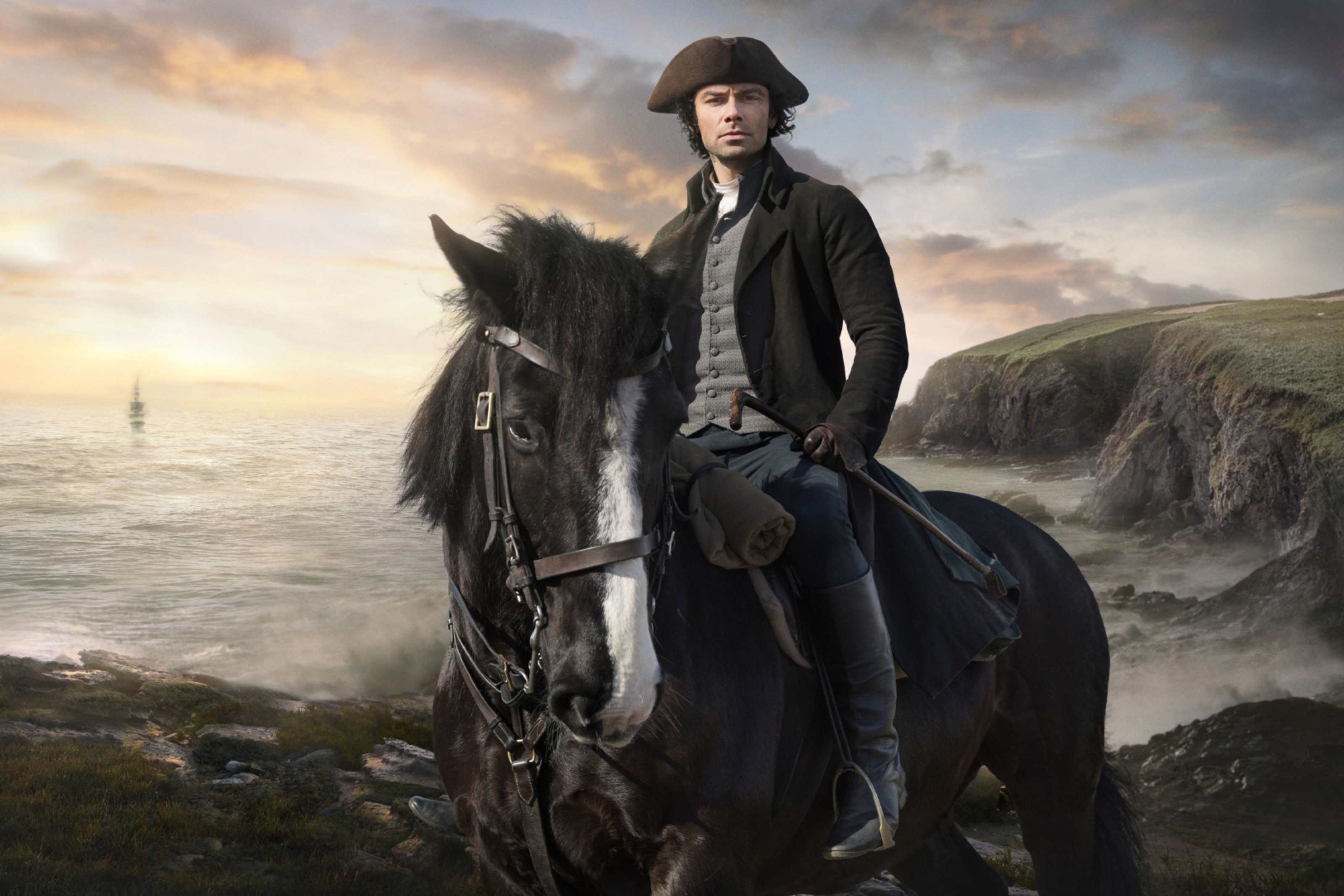Broadcast regulator Ofcom is assessing complaints made by viewers after the BBC aired what some campaigners have described as a rape scene in the hit show Poldark.
The media watchdog confirmed it has had seven complaints so far following Sunday night’s episode.
An Ofcom spokesperson said the complaints would be assessed “before deciding whether to investigate or not.”
In the episode, Ross Poldark, played by fan-favourite Aidan Turner, turns up unannounced at the house of his former fiancee Elizabeth, played by Heida Reed.
He kicks in the door and demands that she cancels her wedding to his enemy George Warleggan.
She ignores what he says and instead asks him to leave, prompting him to take her face in his hands and forcefully kiss her.
When she pushes him away and insists she loves George, he forces another kiss on her before looking at the bed.
Elizabeth tells Poldark: “You will not dare. You will not dare.”
He replies: “I would Elizabeth. I would and so will you.”
The lead character then pushes her on to the bed and she appears to finally give in to him.
Sarah Green, co-director at charity End Violence Against Women, said: “It is definitely portrayed very much as a rape.
“The female character says ‘no’ and there are also non-verbal signs. She is moving away from him and pulling away from him. There is lots of stuff that is ambiguous.”
She added: “The directors have done something really ambiguous. It is a really appalling message, which is they have made the representation of non-consensual sex ambiguous by making her appear to change her mind.”
Asked why she thought this was the case, Ms Green continued: “The problem the producers have found, because this character is extremely popular, they can’t represent him as that, they can’t represent him as doing something criminal.”
Poldark, based on the novels of Winston Graham, was originally made for TV in the 1970s when it attracted audiences of 15 million and the remake has helped BBC1 to its highest share of an audience in a decade.
Commenting on the controversial scene, Mr Graham’s son Andrew said: “There is no ‘shock rape’ storyline in the novels. To say so is to misconstrue my father’s text. The BBC has cut nothing and (production company) Mammoth Screen’s portrayal of these scenes is entirely true to my father’s writing.
“To be more precise – in the novel Warleggan, the point of departure for the relevant scene is indeed consistent with the potential for rape. But what then actually happens is not described but is left entirely to one’s imagination.
“The only way to judge what my father intended is to read the novels as a whole. Doing so it becomes clear, from earlier scenes as well as from Elizabeth’s immediate reactions and later mixed emotions, that what finally happened was consensual sex born of long-term love and longing.
“It was, as Aidan Turner has put it, ‘unfinished business emotionally’.”
Poldark writer Debbie Horsfield said no two readers would imagine a scene the same way, and that is particularly true of this scene as the action is left entirely to the reader’s imagination.
She added: “However, as programme makers, we needed to decide what the audience would actually see. And, as far as possible, to bring to life what the original author intended the scene to depict.
“We were fortunate to have Winston Graham’s son Andrew as our consultant on the series so we were able to clarify with him what his father’s intentions for this scene were. What you saw on screen is consistent with what we believe those intentions to have been.”


